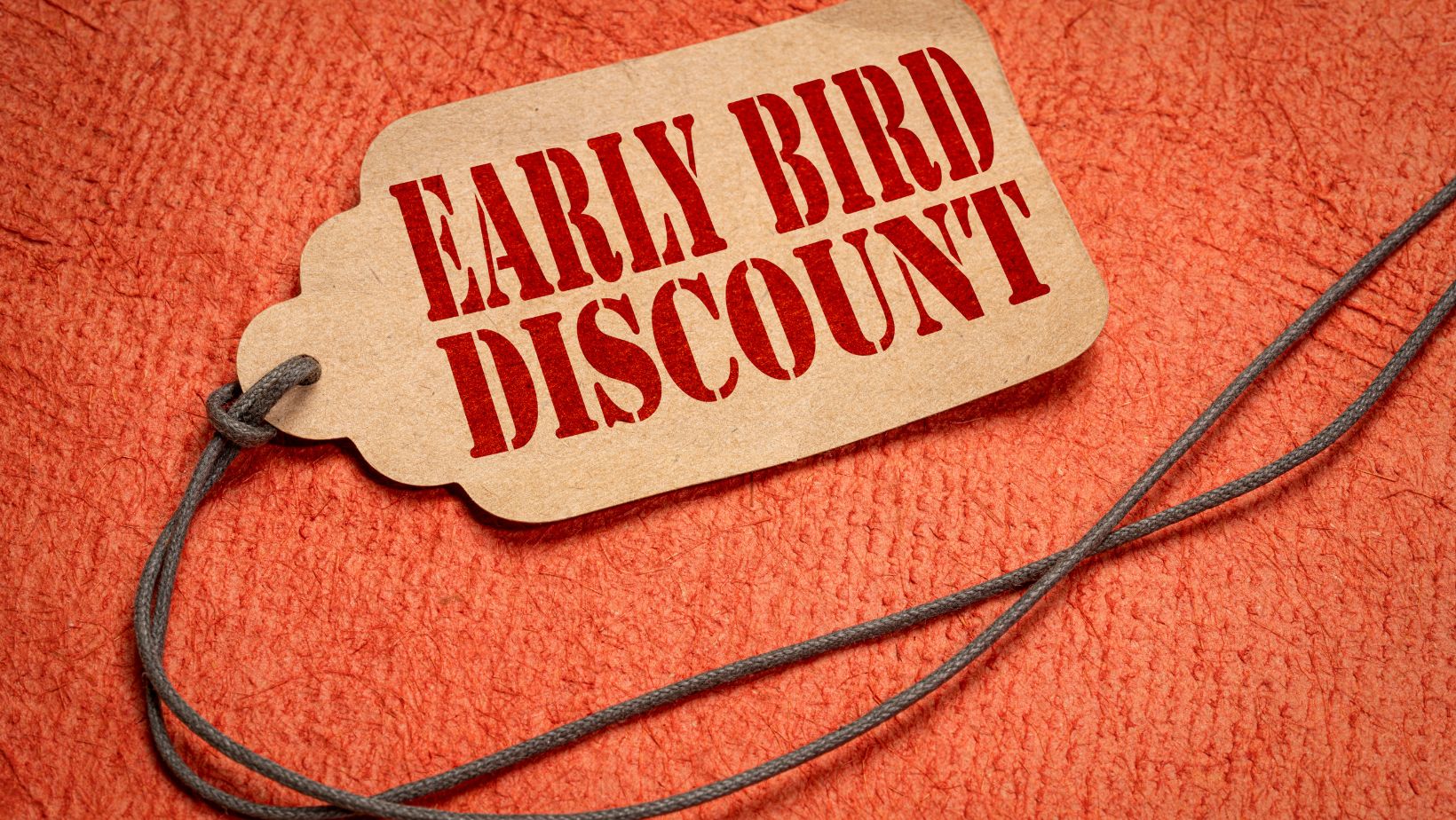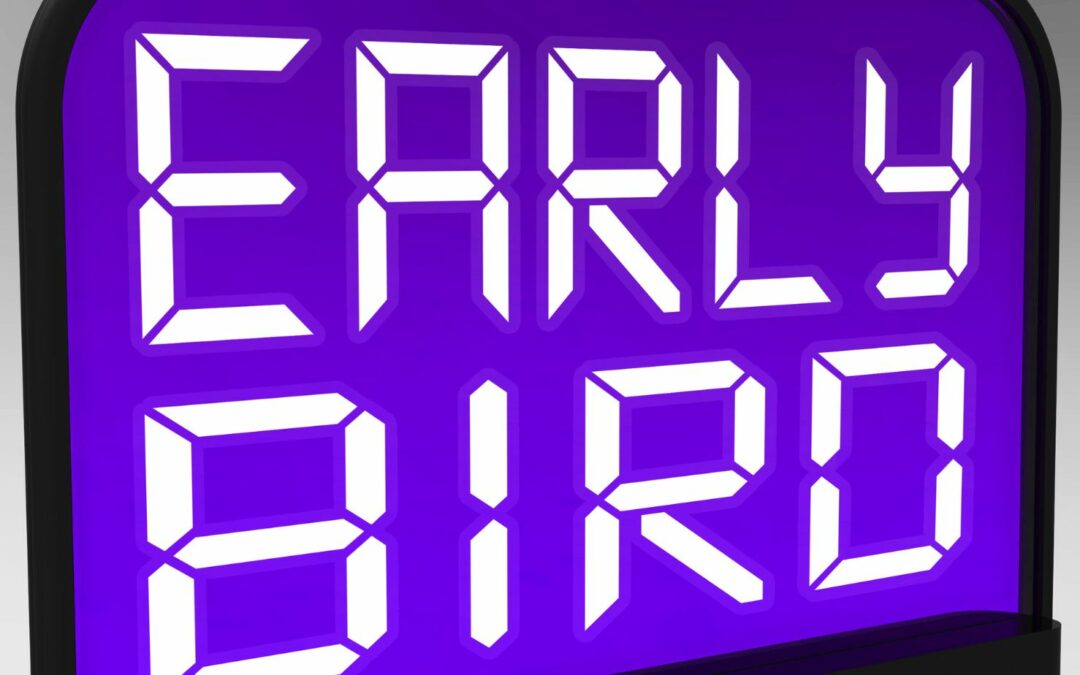Do you find yourself burning the midnight oil, or are you up at dawn, ready to seize the day? The ongoing debate between night owls and early birds isn’t just about personal preference; it’s about understanding your body’s natural rhythms to unlock peak energy hours. In this article, we’ll delve into the science of circadian rhythms, explore the advantages of nocturnal and morning productivity, and guide you through finding your personal productivity sweet spot.
The Science Behind Circadian Rhythms
Our bodies are governed by an internal clock known as the circadian rhythm. This biological rhythm influences our sleep-wake cycles, hormone production, and overall physiological functions. It’s like having an invisible conductor orchestrating the symphony of our daily lives.
One key player in this symphony is melatonin, a hormone that helps regulate sleep patterns. As daylight fades and darkness sets in, the pineal gland in our brain releases melatonin, signaling to various systems that it’s time to transition into a state of rest and repair. This hormone helps us fall asleep and contributes to the overall quality of our sleep by promoting deeper, more rejuvenating slumber. In essence, melatonin acts as nature’s timekeeper, ensuring that our sleep-wake cycles align with the natural rhythms of day and night.
Night Owls: Unveiling the Nocturnal Productivity
Night owls, those who come alive in the late hours, often report enhanced creativity and focus during this time. The silence of the night provides a serene backdrop for concentration, while reduced external distractions can lead to more uninterrupted work sessions. Imagine the tranquility of a quiet night, where the world sleeps, and you’re free to dive deep into your projects.

However, the night owl life has its challenges. The misalignment with societal schedules can lead to feelings of isolation. Additionally, staying late can disrupt sleep patterns, affecting physical and mental well-being. Thus, night owls must establish a consistent routine that accommodates their natural rhythm while prioritizing quality sleep.
Early Birds: Harnessing the Morning Productivity Surge
Early birds, on the other hand, revel in the early hours of the day. The morning’s tranquility offers a fresh start, with improved concentration and decision-making abilities. The synchronization with typical work hours can also make early birds feel more in tune with the world around them. Think about how productive you feel when tackling essential tasks before the world wakes up.
Nevertheless, even the early birds face challenges. The evening fatigue that sets in may lead to reduced productivity during the latter part of the day. Adjusting social and lifestyle activities to accommodate an early wake-up time can be tricky. It requires careful planning to ensure you’re getting enough rest and not burning out by the end of the day.
Finding Your Personal Peak Productivity Hours
Understanding your personal peak productivity hours is a game-changer when it comes to efficiency and achieving your goals. Here are some practical tips to help you uncover your optimal work windows:
- Keep a Productivity Journal: Create a journal to track your energy levels, focus, and daily performance. Note when you feel most engaged and alert and when you experience dips in productivity. This journal will serve as your roadmap to identifying patterns.
- Monitor Energy Levels: Pay attention to your natural energy fluctuations. Are you a morning person who wakes up ready to tackle tasks, or do you hit your stride later in the day? Recognizing your energy peaks and valleys will provide valuable insight into your productivity rhythm.
- Observe Focus Patterns: Notice when you find it easiest to concentrate. Is your focus sharper during the quiet morning hours, or do you find your groove as the day progresses? Identifying these moments of heightened focus will help you pinpoint your peak productivity times.
- Recognize Slumps: Be aware of when you experience productivity slumps or moments of decreased concentration. These periods can explain when your energy is naturally lower and when taking a break or shifting to less demanding tasks might be beneficial.
- Identify Emerging Patterns: As you collect data in your productivity journal, patterns will emerge. You might notice a consistent period when your creativity soars or you’re particularly efficient at problem-solving. These patterns are critical indicators of your peak productivity hours.
Tips for Optimizing Productivity
Optimizing Productivity for Night Owls
- Create a Productive Space: Design a workspace that fosters concentration and creativity. Opt for soft lighting, calming colors, and clutter-free surroundings. A well-organized workspace can help keep your mind focused on the task.
- Incorporate CBD for Relaxation: CBD (cannabidiol) is known for its potential to promote relaxation and reduce stress. If you’re feeling stressed or anxious during your night owl hours, consider delta 9 near you for a natural aid.
- Establish a Structured Routine: While the night might offer a sense of freedom, it’s essential to have a structured routine. Schedule regular breaks and meals to maintain your energy levels. Working through the night without breaks can lead to burnout and decreased productivity.
Maximizing Productivity for Early Birds
- Prioritize Important Tasks: Take advantage of your heightened focus by tackling your most critical tasks during the early hours. It is when your brain is naturally primed for concentration and problem-solving.
- Mindfulness and Exercise: Incorporate mindfulness practices or light exercise into your morning routine. It can help you set a positive and calm tone for the day ahead. Whether a short meditation session or a brisk walk, these activities can energize your mind and body.
- Optimize Sleep Quality: Establish a relaxing pre-sleep routine to ensure you’re ready to rise early and be productive. Avoid stimulating activities and electronic devices before bedtime. Create a comfortable sleep environment by keeping your bedroom dark, quiet, and at a comfortable temperature.
Embracing Flexibility and Individuality
It’s essential to recognize that everyone falls along a spectrum of chronotypes — your preference for being active during certain parts of the day.

While you might identify as a night owl or an early bird, there’s no one-size-fits-all solution. Embrace your natural rhythm and work to optimize your schedule accordingly.
Conclusion
Understanding your body’s natural rhythms can unlock your peak energy hours, whether you thrive under the starlit skies or the rising sun. Embrace your inner night owl or early bird, and tailor your schedule to align with your optimal work times. Remember, there’s no right or wrong answer — the key is to find what works best for you. So, are you ready to embrace your unique rhythm and supercharge your productivity? The choice is yours!
My name is Andrea Thompson and I’m a home based freelance writer. I’m 23 years old, married to my best friend, and mother to a wonderfully independent and opinionated 3 year old girl and step-mother to a sweet seven year old boy. I live in a tiny, little town in Kentucky, where I spend my free time fishing with my kids.
Writing has always been my passion, which I followed through high school, and for a while in college. Life happened, and once I discovered we were pregnant, I switched directions; opting for the healthcare industry because of the stability.
Finally, years later, I was in a place where I could leave the day job that never truly made me happy, and pursue my dreams. I’ve built, and am still building, my writing career from scratch. But, I’m passionate and I’m good at what I do. And, in the end, I can prove to my daughter that she can do anything she wants with this life.





